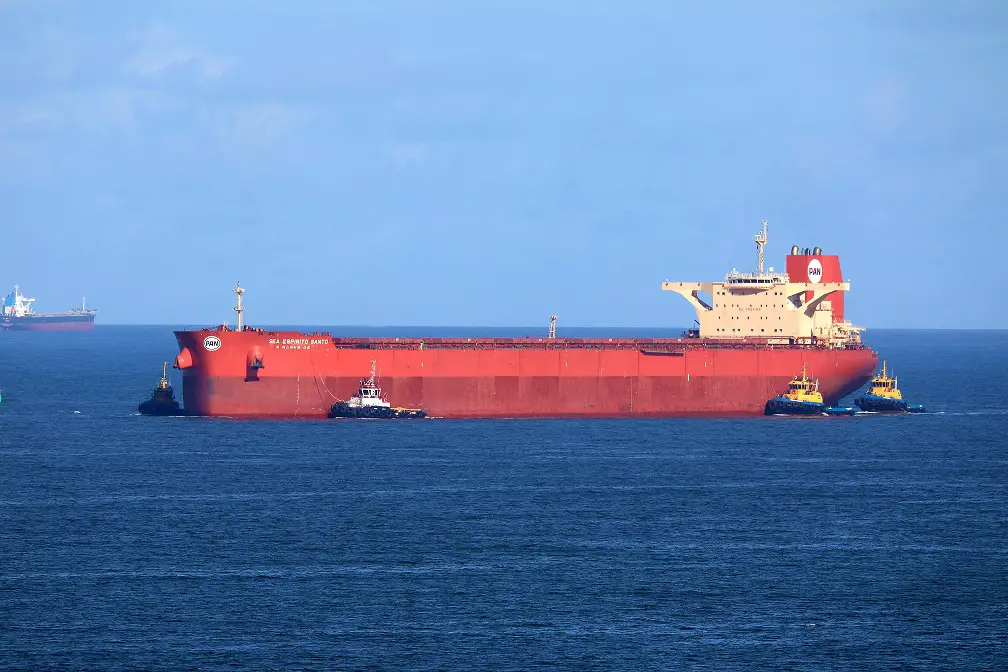Many analysts believe the key factor in the upper band of crude oil trading recently has been a fear of a Russian export ban to the European Union.
Europe was importing 2.7 million barrels per day of Russian crude, and another 1.7 million barrels per day of refined products, primarily diesel prior to the Ukraine conflict. If it becomes clear that there will be no ban forthcoming, some analysts believe the market will adapt to the new distribution patterns, and oil will return to roughly what it was priced at prior to the conflict, which was about $65 per barrel of Brent.
Analysts point out that an E.U. ban on Russian oil would require the unanimous backing of all 27 member countries. Hungary and Slovakia have already made it clear that they oppose such a ban.
In 2021, Hungary imported 70,000 bpd, which is 58 percent of its total imports from Russia, while Slovakia ‘s numbers were even higher, at 105,000 bpd, which is 96 percent its oil imports. Other E.U. countries have also made it clear that they will not support a ban on Russian oil exports. The Czech Republic (68,000 bpd, or 50 percent or its 2021 oil imports were Russian) and Bulgaria are firmly in the pro-Russia camp. Lithuania (185,000 bpd, or 83 percent of its imports) and Finland (185,000 bpd, or 80 percent of its imports) will also be averse.
At 555,000 barrels per day, Germany is the recipient of the most crude from Russia, and its manufacturing sector is heavily energy dependent on the energy provided by those imports.
In the mean time strong rhetoric from western powers has driven up the price of oil even as Russian supplies are merely diverted to India and Asia, reducing demand from those nations on other sources of supply in the market.
On the demand side, COVID-lockdowns across China show little possibility of being relaxed, and U.S. interest rate hikes slowing economic growth elsewhere. Both work to reduce consumption. Assuming Russian Oil is not excluded, analysts say a return to $65 per barrel as the market adjusts is not an unlikely outcome.
What might affect timing is if specific investors have managed to create a bottleneck at refining and a coordinated network, and will use control there is manage when the drop hits, and how fast it occurs. If so, it is likely they will wait until prices are just about to normalize, and then they will exploit what levers they control to exacerbate and speed the drop so as to place it precisely at one point in time, of their choosing.

